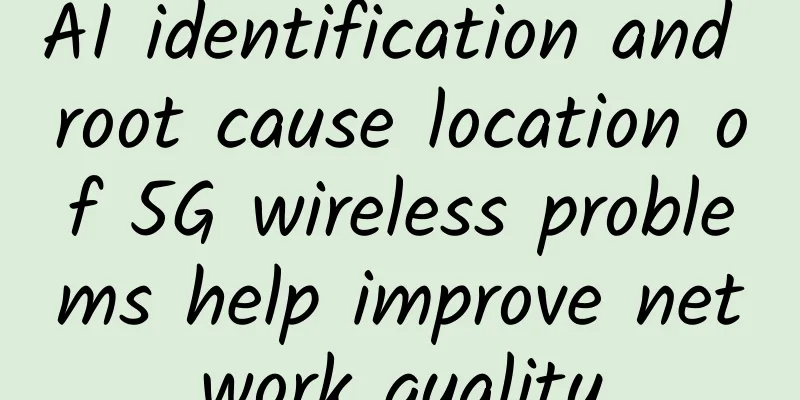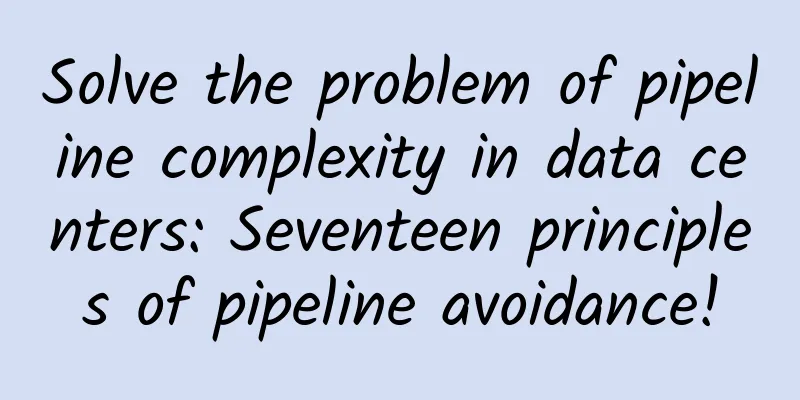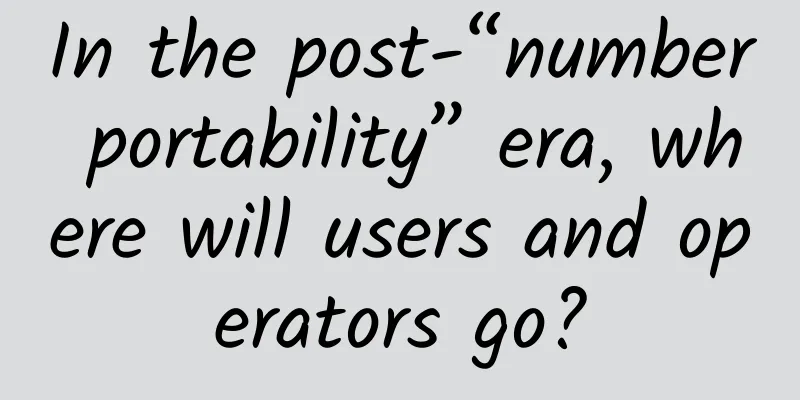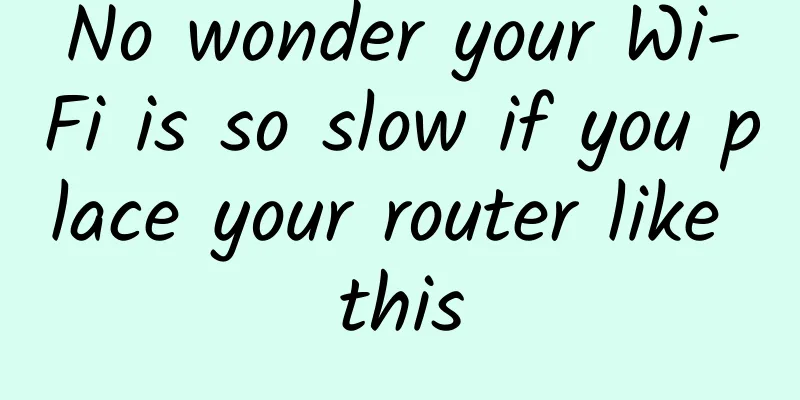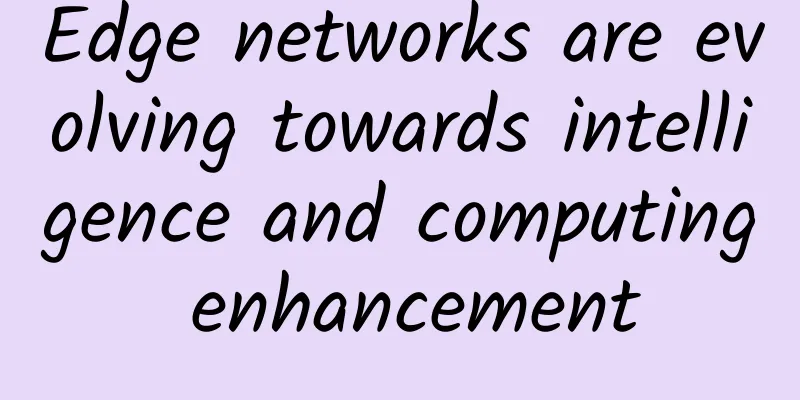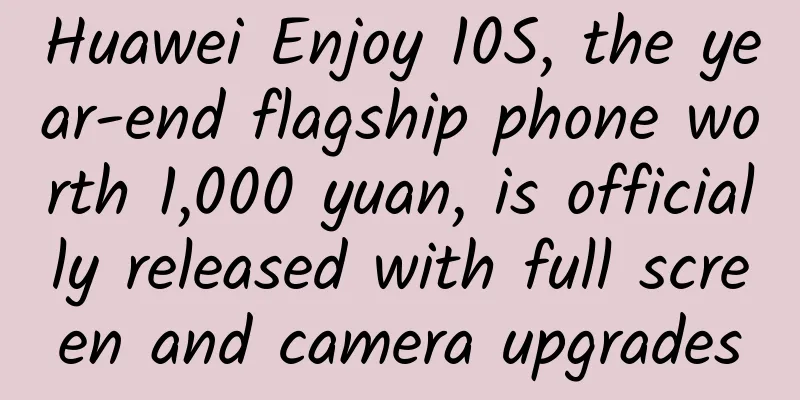Mathematical formula could help 5G networks share communication frequencies efficiently
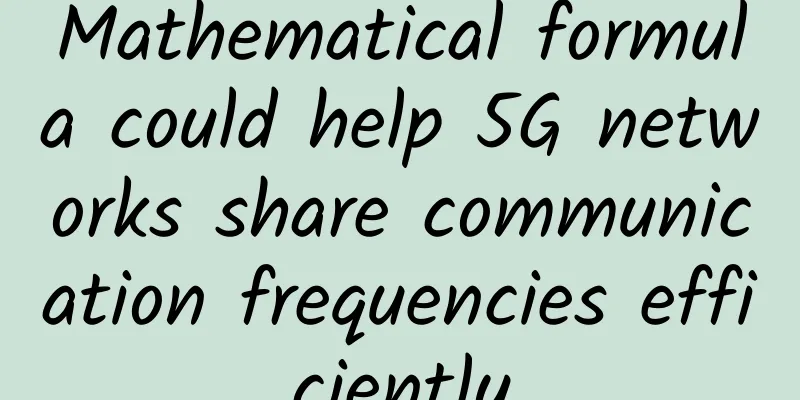
|
Researchers at the National Institute of Standards and Technology (NIST) have developed a mathematical formula that computer simulations suggest could help 5G and other wireless networks select and share communications frequencies about 5,000 times more efficiently than trial and error. NIST engineer Jason Coder performs mathematical calculations for a machine learning formula that could help 5G and other wireless networks efficiently select and share communication frequencies. The novel formula is a form of machine learning that selects a range of wireless frequencies, called a channel, based on prior experience in a specific network environment. The formula can be programmed into software on transmitters in many types of real-world networks. The formula is a way to help meet the growing demand for wireless systems, including 5G, by sharing unlicensed frequency ranges, also known as spectrum bands. For example, Wi-Fi uses unlicensed spectrum, which is spectrum that has not been allocated to specific users by a regulatory agency. Quickly select excellent sub-channels The study focused on situations where Wi-Fi competes with cellular systems for specific frequencies, or subchannels. What makes this situation challenging is that these cellular systems are increasing their data rates by using a method called licensed assisted access (LAA), which combines unlicensed and licensed bands. "This work explores the use of machine learning in decisions about which frequency to transmit on," said NIST engineer Jason Coder. "This could make communications in unlicensed bands much more efficient." This formula enables transmitters to quickly select the best subchannels to successfully and simultaneously operate Wi-Fi and LAA networks in unlicensed bands. Each transmitter learns to maximize the total network data rate without communicating with each other. The scheme quickly achieves overall performance close to that based on an exhaustive trial-and-error channel search. The research differs from previous machine learning studies on communications in that it takes into account multiple network "layers," the physical devices, and the channel access rules between base stations and receivers. The formula is a Q-learning technique, meaning it maps environmental conditions (such as the type of network and the number of transmitters and channels present) to actions that maximize a value (called Q) that returns the best reward. By interacting with the environment and trying different actions, the algorithm learns which channel provides the best results. Each transmitter learns to choose the channel that produces the best data rate under specific environmental conditions. Increase data rates If both networks select channels appropriately, the efficiency of the combined overall network environment will increase. This approach improves data rates in two ways. Specifically, if the transmitter selects an unoccupied channel, the likelihood of a successful transmission increases, resulting in a higher data rate. Also, if the transmitter selects a channel that minimizes interference, the signal is stronger, resulting in a higher received data rate. In computer simulations, the best-of-breed method assigns channels to transmitters by searching through all possible combinations to find one that maximizes the total network data rate. This formula produces results close to the best-of-breed results, but with a much simpler process. The study found that the exhaustive work required to find the best solution required about 45,600 trials, while the formula could select a similar solution by trying 10 channels, with just 0.02% of the effort. The study targeted indoor scenarios, such as buildings with multiple Wi-Fi access points and cell phone use in unlicensed bands, but the researchers now plan to model the approach in larger outdoor scenarios and conduct physical experiments to demonstrate its effectiveness. |
<<: 9 classic cases, online teaching how to troubleshoot network failures
>>: How does machine learning help 5G networks?
Recommend
Can 5G messaging become a moat for operators in the digital economy era?
The completion of the project of "5G Message...
Ruijie attends the Smart Airport Construction and Development Summit! Giving airports smart wings
From April 17 to 19, the 4th "National Civil...
WiFi is disliked by the EU and 5G may be selected as the communication standard for Internet of Vehicles
EU member states recently voted on a plan to adop...
VXLAN L3 applies EVPN to present a complete overlay network
Preface VXLAN (Virtual eXtensible LAN) is an over...
In the F5G era, home broadband is moving towards Gigabit. Don’t let the optical modem hold you back.
Mobile networks have entered the 5G era, and thei...
August of the three major operators: 5G is accelerating, and China Mobile's fixed-line broadband users have exceeded 200 million
2020 was a difficult year, but it went by very qu...
What is Fiber to the Home (FTTH)?
Fiber to the home (FTTH) is the transmission of c...
BGPTO: 50% off on Singapore dedicated servers, E3-1230v3/16GB/480G SSD/10M only 325 yuan
BGPTO is a foreign independent server sales site ...
TNAHosting: 12GB memory OpenVZ monthly payment from $5, 4GB memory KVM monthly payment from $5
I checked and it's been exactly one year sinc...
Xi'an University of Science and Technology's Smart New Campus 2.0, layout of "IT unified smart operation and maintenance" (Part 1): IT asset full life cycle management
Xi’an University of Architecture and Technology i...
The industry's first! Xinhua Sanxun launches the intrinsically safe 10G industrial Ethernet switch
Recently, New H3C Group, a subsidiary of Tsinghua...
Why 5G networks require a new way of operating
In the 5G reality, network operations are moving ...
LuxVPS: €3/month KVM-4GB/30GB/1TB/Germany data center
The LuxVPS domain name was registered in June 202...
VMISS Hong Kong VPS 30% off annual payment from 75 yuan, 20% off for all Korea/Japan/Hong Kong CN2/Los Angeles CN2 GIA/9929/CMIN2 optional
VMISS is offering special discounts during the Ch...
5G universal access requires reasonable development and support from multiple parties
[[352016]] Recently, the three major domestic ope...

